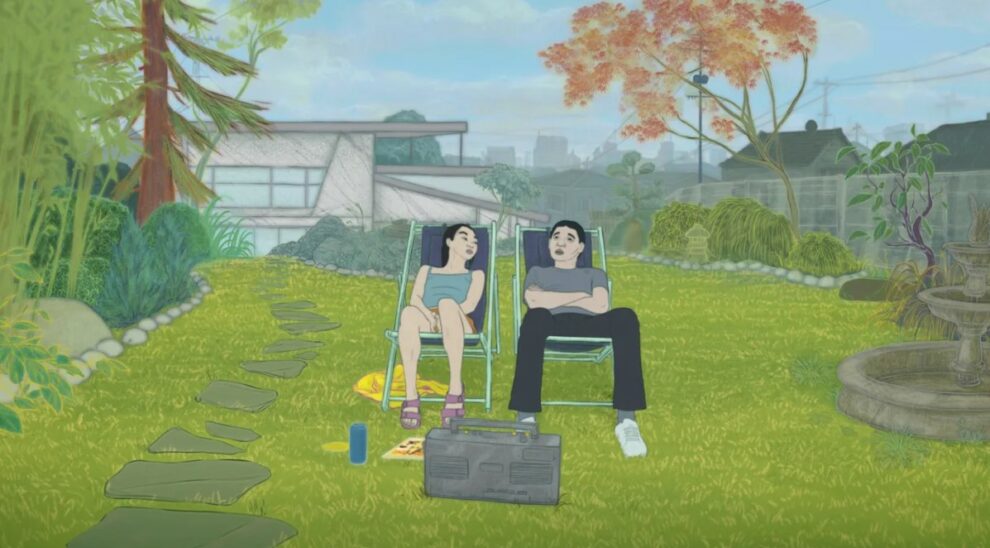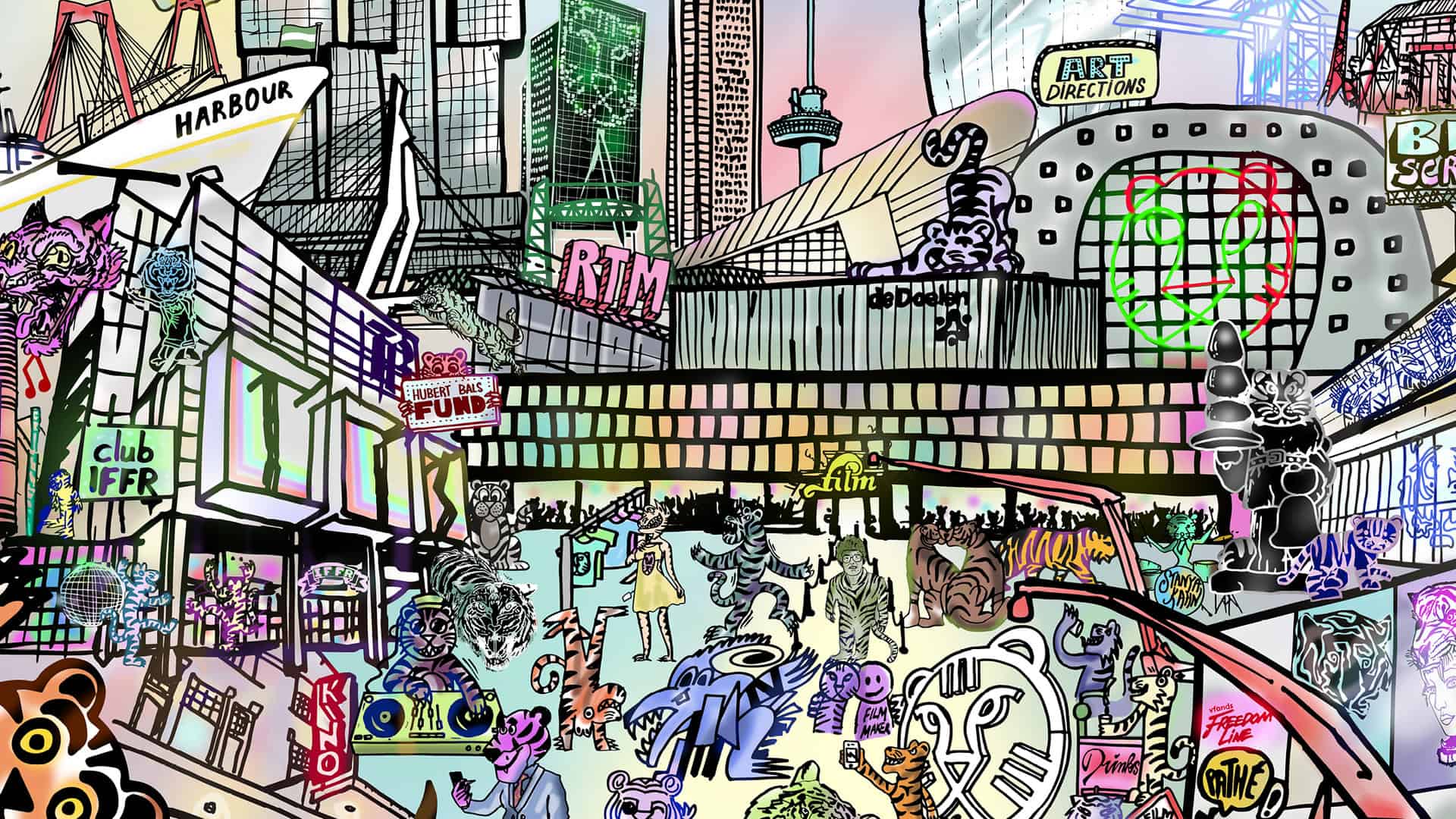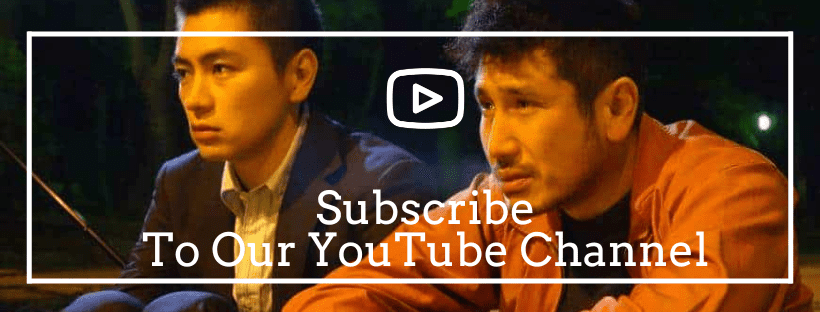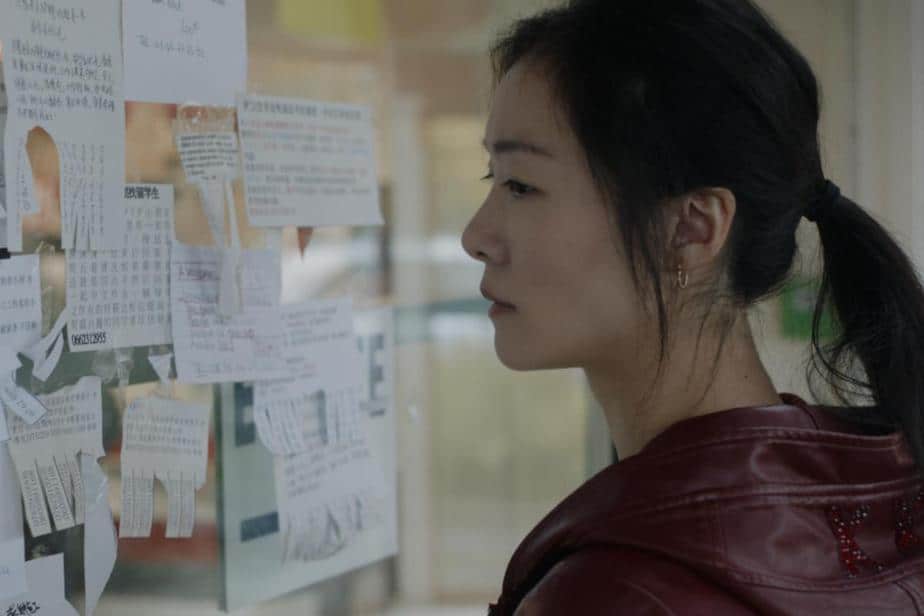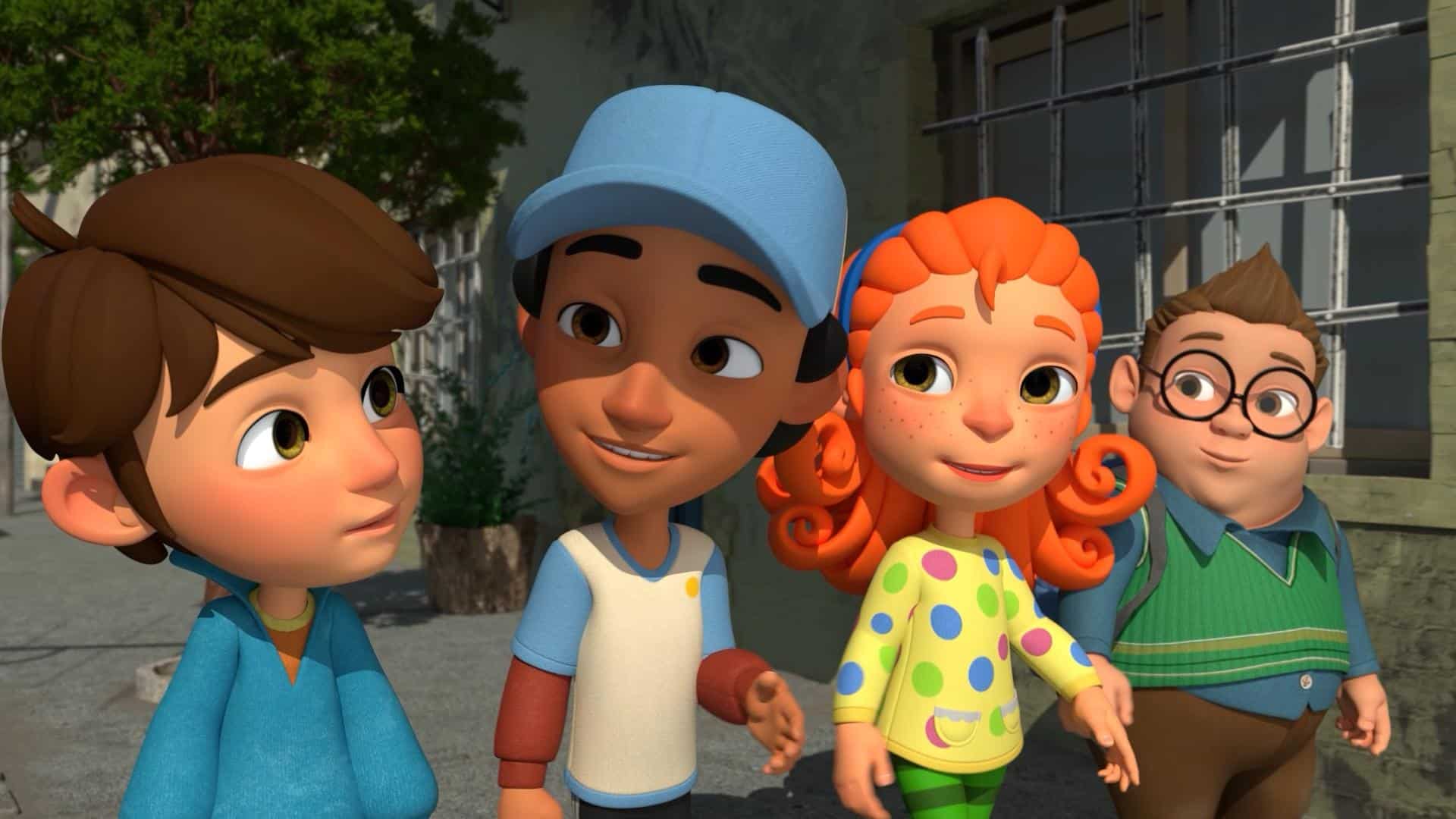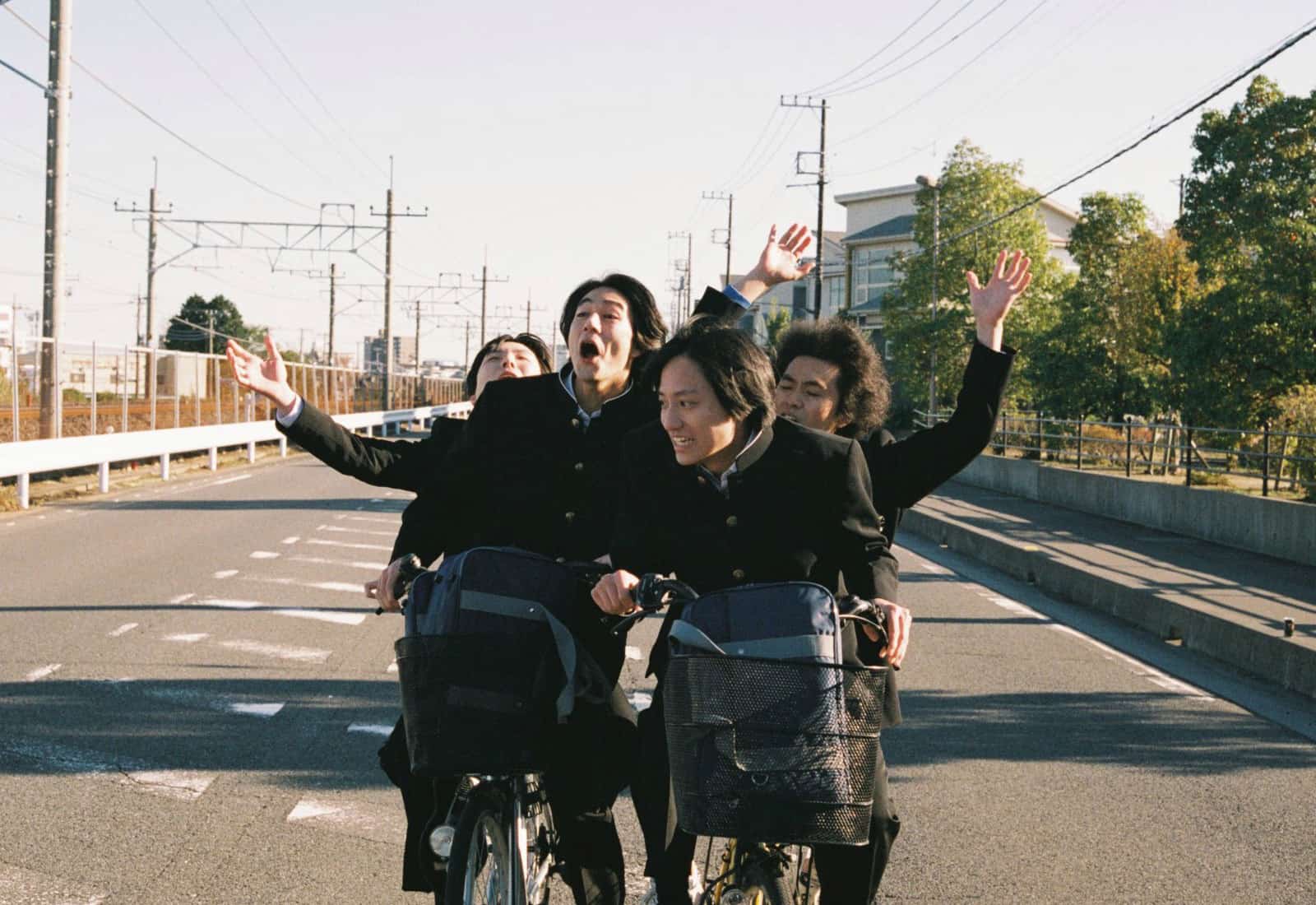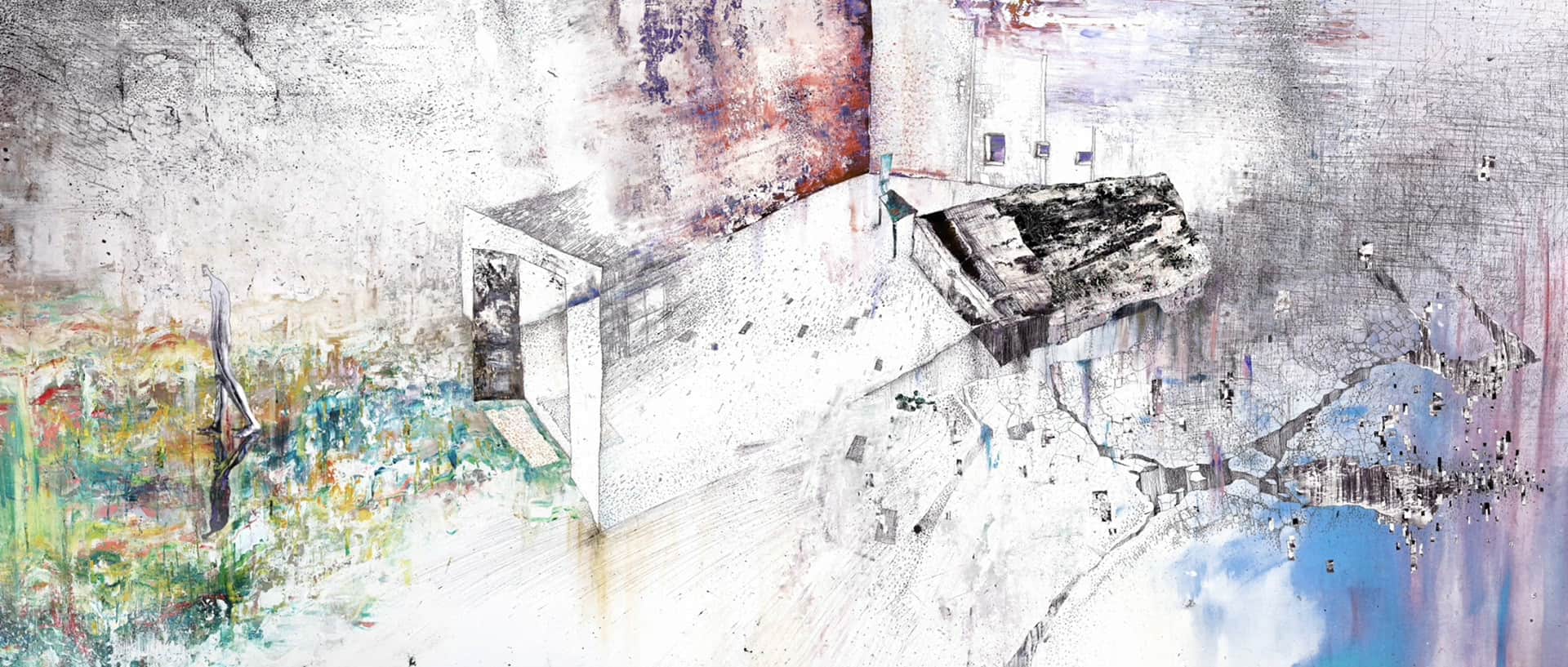Adaptations of the celebrated Japanese writer Haruki Murakami's novels and short stories into live-action films, have always generated a mixed bag of outcomes; their success – in my opinion – being often inversely proportional to their adherence to the original source material. To mention some, “Tony Takitani” by Jun Ichikawa, “Hanalei Bay” by Daishi Matsunaga”, “Burning” by Lee Chang-dong and the most recent “Drive My Car” by Ryusuke Hamaguchi. The author's rich universe, fluctuating between magical realism, mundanity and straight-out surrealism, makes visual representation an arduous enterprise. For his ambitious animated feature film debut, “Blind Willow, Sleeping Woman”, composer, screenwriter, and animator Pierre Földes draws inspiration from several Murakami's short stories, to create his own tale about how trauma can open the doors of perception. The film is an international coproduction that involves France, Holland, Luxemburg and Canada, and, so far, has won the Jury Distinction in the Best Feature Film Category at the prestigious Annecy International Animated Film Festival 2022.
Földes places the story in Tokyo in 2011, a few days after the earthquake caused by a tsunami ravaged the city, and the narration starts with the crisis of a couple. Kioko, stunned and profoundly shaken by the earthquake, seems to be in a catatonic state in front of the news reporting the devastation of land and souls. Immersed in her own bubble, she ignores Komura's attempts to connect, until she suddenly decides to move out, leaving only a brief note for Komura. “Living with you is like living with a chunk of air” hits hard Komura's self-esteem and leaves the young man reconsidering his life and his work. Meanwhile, in the loan department at the Tokyo Security Trust Bank, Komura's colleague Katagiri is struggling with his owns demons too. The gentle and corpulent 40something bachelor has being taken advantage of, both at work and in his private life, because of his gentle heart and passive disposition.
However, while the country is still dealing with the recent tragedy, their lives take an unexpected turn that offers them a glimpse into a parallel word of opportunities. Komura is given some days off work, to rest and reflect about his career path, and at the same time is offered a free trip in exchange of a small favor; to deliver a mysterious package to someone waiting for him in Hokkaido. On the other hand, Katagiri receives a visit from a gigantic frog – simply called Frog – who forcefully enrolls the bewildered man in a secret mission and appoints him to the unlikely role of paladin against Worm, an evil creature, sleeping underground, below Tokyo, that is bound to cause an even greater destruction in the immediate future.
Director Pierre Földes has penned the script for his “Blind Willow, Sleeping Woman” meticulously and lovingly, pasting together a seamless collage of Murakami's short stories from the titular collection, plus more bits – like some memorable parts of “The Wind-Up Bird Chronicle”. His vision certainly reiterates that the first-person narrator of many Murakami's novels and short stories often feels just like a facet of the same character, and this probably helped greatly the “stitching” operation. However, it can't be underestimated the remarkable work that has been done here. Purposely, the narrative doesn't follow a traditional scheme; it proceeds in parallel threads – like often in Murakami's novels – jumping from Komura to Katagiri in alternated “chapters” and it is free-flowing like a jazz improvisation. Threads are left open, and stories are incomplete, and the storytelling is enriched with dreams, memories, frustrating relationships, lost cats, supernatural in the mundane. As a result, it goes straight to hit the imaginative and the emotional sphere of the viewer rather that the logic one.
The visual aspect is considerably original, and it really conveys a Murakami-esque atmosphere. Földes utilizes a technique similar to the rotoscope, where live-action actors serve as a reference for the animation and the creation of the characters, that are later placed over a storyboard created by the director. Movements are fluid, slightly dreamlike, and the use of transparency in scene props and secondary characters makes it easy to follow the prominent action, and is rather engaging. Line-art is the stylistic choice for the artwork; thin lines define the fields, and the wide usage of white lines and transparent colours is particularly elegant and gives an incredible depth and texture to the mise-en-scène. The color palette is also unconventional and full of character; “less is more” is the case, where limited selections, changing with the settings, have been preferred over the full range.
To conclude, Földes has succeeded in creating a film that is at the same time captivating and a loving homage to his Muse, and it is bound to please both Murakami's fans and neophytes, and – in general – all the lovers of good cinema.


